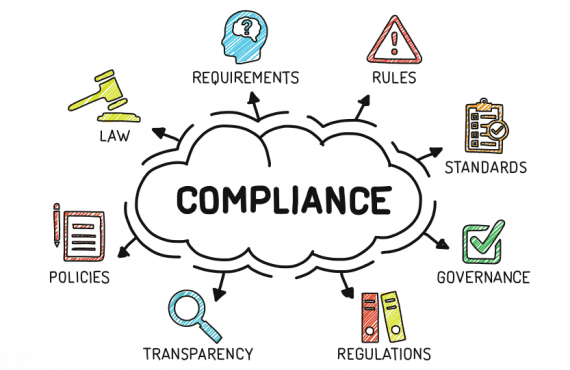The “Systematic Analysis and Systemic Action” element of the Centers for Medicare and Medicaid Services (CMS) new “Quality Assurance and Performance Improvement” (QAPI) program is designed to use a systematic approach to determine when in-depth analysis is needed to fully understand a problem, its causes, and implications of a change.
This forms the fifth and final element of the CMS’s QAPI program, which all long-term-care facilities must have in place by November 28, 2017.
The CMS’s official handout, titled “QAPI at a Glance,” says that a facility must use a “thorough and highly organized/structured approach to determine whether and how identified problems may be caused or exacerbated by the way care and services are organized or delivered.”
In addition, the CMS says, facilities will be expected to “develop policies and procedures and demonstrate proficiency in the use of Root Cause Analysis.”
The QAPI Systematic Analysis and Systemic Action should “look comprehensively across all involved systems to prevent future events and promote sustained improvement,” and this element “includes a focus on continual learning and continuous improvement.”
This means that staff need to be made aware of how all elements of the facility’s services influence each other as a whole, rather than as separate components.
Here are a few steps which should assist a facility in achieving this goal:
First, define the systems which exist within the facility. For example, these can be:
– Clinical systems: Those procedures which administer medicine or proactive procedures such as pressure ulcer prevention, weight loss prevention, etc.
– Service systems: Those procedures engaged in the day-to-day functioning of the facility, such as meal delivery, recreational activities, equipment maintenance, etc.
– Operational systems: Those procedures which ensure that the facility continues to work, such as staffing, accounts, etc.
Of course each institution will have its own individual system categorizations.
It is recommended that “root cause analysis”—which helps define the true problem—be optimized through the use of the CMS’s “Fishbone Root Cause Analysis” and the PDSA Cycle Template.
Any system in need of improvement must then be subjected to an intensive study by a suitably qualified team. Once the root causes of the problem have been identified, the team must focus on eliminating or mitigating the causes.
Preferably, any new systems should be tested before being implemented, so as to assess their impact upon the entire facility system.
The collection and analyzing of all the data should result in a list of “Performance Improvement Activities.” This will enable the tracking of all issues—and their causes—and help with the implementation of preventive actions and mechanisms.
The overall purpose of the process should always be borne in mind: that staff be made aware of the global impact on the facility of any omissions or failures in a single system.
For this purpose, all Performance Improvement Project (PIP) information must be regularly reviewed, and where deemed appropriate, shared across the entire facility.
































































